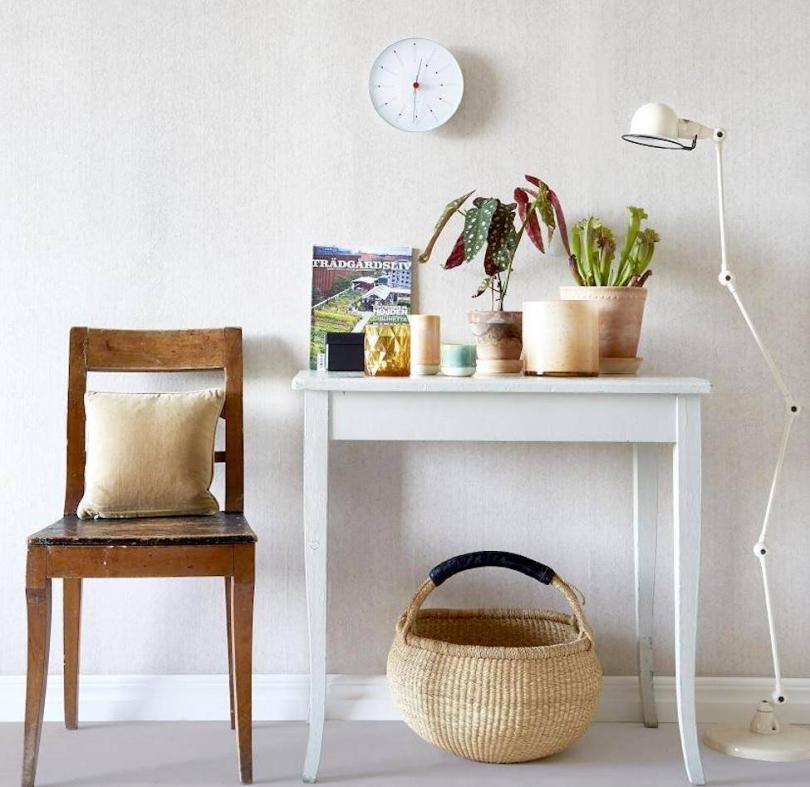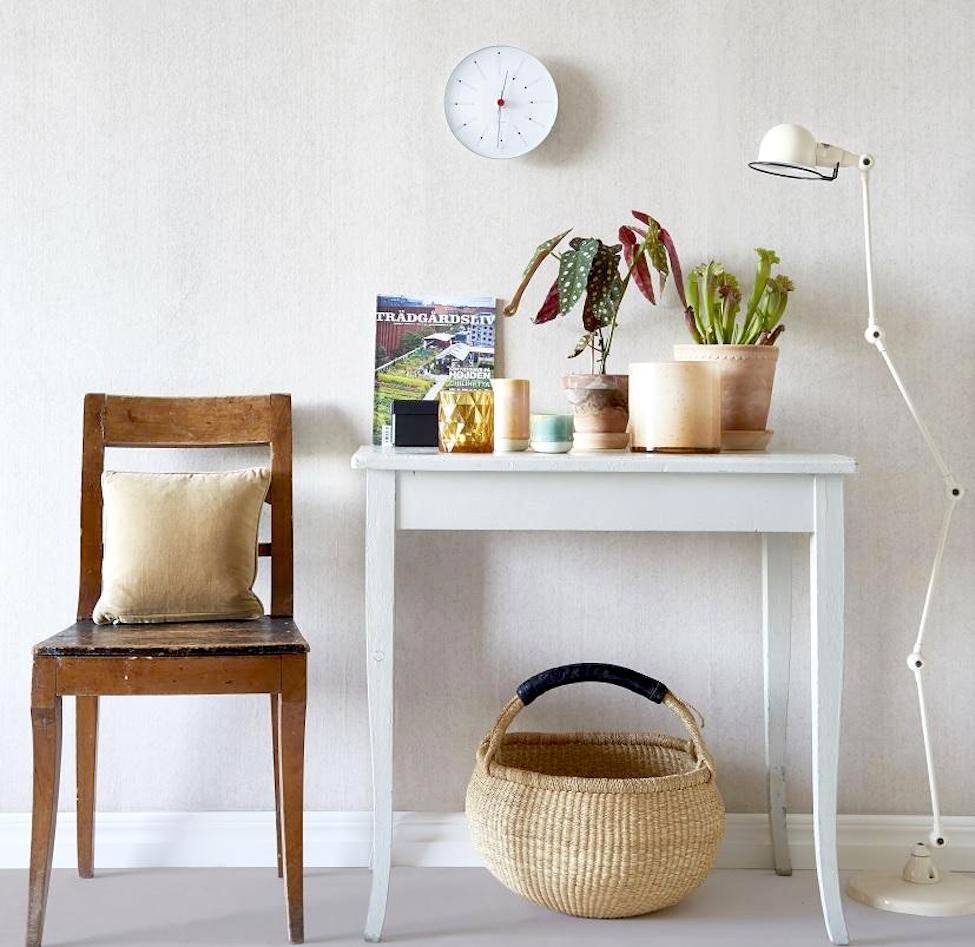In our quest to a healthy and sustainable living sometimes we underestimate the impact the materials used in our household have on our well-being. If we want to be consistent in our approach, it is not enough to buy natural rugs and furniture with wood coming from renewable forests. The way we decorate our walls can have a tremendous impact on both our health and the planet. Wallpaper has become a major trend in the recent years, as it is a cheap and very effective way to define a specific atmosphere. As with most products in our globalized world, it has also seen an influx of dubious offers from cheap manufacturers. Wallpaper produced with quick and dirty industrial processes can release potentially noxious substances in our living environment, and this is something we definitely want to avoid. These wall coverings tend to contain a substantial amount of plastic and are therefore not recyclable. This is no longer acceptable in a world with growing concerns for our environment and the future of the planet. Sustainable decoration is therefore the only real viable alternative, allowing us to reduce waste by recycling and reusing elements to which we give a new opportunity.
ADVANTAGES OF COMPOSTABLE WALLPAPERING
When it comes to ecology, the famous 3 Rs (Recycle, Reuse and Reduce) need to apply to all fields of life and wallpaper is a pretty good place to start with, for the reasons we mentioned above. Nowadays, sustainable decoration is easy to access for almost everybody, as it’s not particularly expensive and it can be functional for both home and office. It sends the right signal to the people that are around us and adds an elegant yet informal touch.
The first essential aspect when looking for an ecological wallpaper is the origin of the materials, as only natural and eco-friendly materials are used. One of the first things to look for is the presence of the FSC certificate, which is short for “Forest Stewardship Council. This seal is the gold standard designation for responsibly harvested wood and guarantees that the material in the product has being sourced in an environmentally conscious and sustainable manner.
Natural fibers are obviously the pillars of sustainable decoration as, being less harmful to the environment, they last longer and are more resistant. Materials such as linen, bamboo, cotton transpire better than artificial fibers and can be used in every room in your home.
Until recently it was almost impossible however to source an ecological wallpaper that was truly compostable. The production process required to bind together natural material often introduced synthetic glues that made the entire product not viable for being placed in a compost basket at the end of its lifecycle.
Luckily a few fully compostable products are entering this market, the first one being Veruso Lino, a true innovation in the market from a small German wallpaper retailer, as it contains no harmful chemical or pollutant and can be therefore disposed without a worry in the compost basket.
The majority of the Veruso Lino is composed of flax fibers, one of the oldest cultivated fibers known to mankind. They are grown in the north of France, in the beautiful region of Normandy. Their blue flowers dotting the landscaper in the summer, before they are harvested. Flax, like hemp, is an excellent utilitarian fibre, perfect for regenerative agriculture.
Besides its ecological value, this wallpaper provides many other advantages as it is also anti-static, dirt-repellent and antibacterial by nature. It is not painted over, as the dye would make it not recyclable, and therefore comes in a beautiful natural hue. It really shines under indirect light, so make sure to consider a good choice of lighting when redecorating, as it is one of our great allies to get the most out of decorative elements. Obviously, we should always try to take advantage of natural light, but should there be not enough of it, make sure to pick low consumption bulbs, which offer good lighting while reducing consumption and emissions.





Leave a Reply